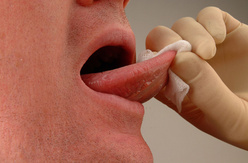
Monday
7:40am – 5:00pm
Tuesday
7:40am – 5:00pm
Wednesday
7:40am – 5:00pm
Thursday
7:40am – 3:00pm
Friday
7:40am – 1:00pm
Saturday
Closed
Sunday
Closed
Mon
8:00am – 5:30pm
Tue
8:00am – 5:30pm
Wed
8:00am – 5:30pm
Thu
8:00am – 5:30pm
Fri
Closed
Sat
Closed
Sun
Closed